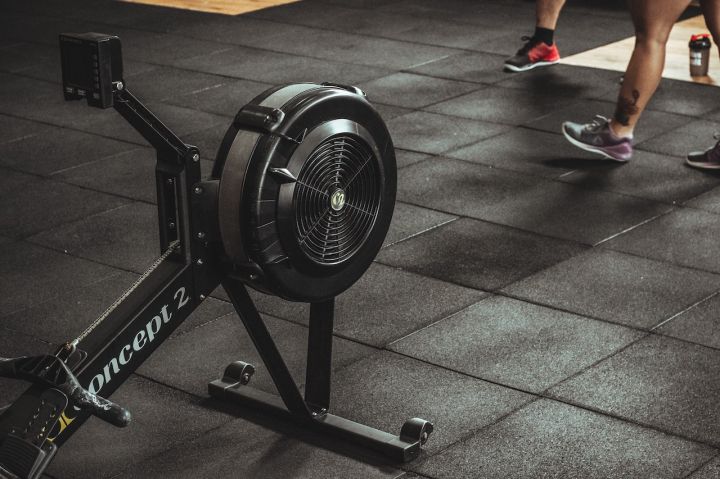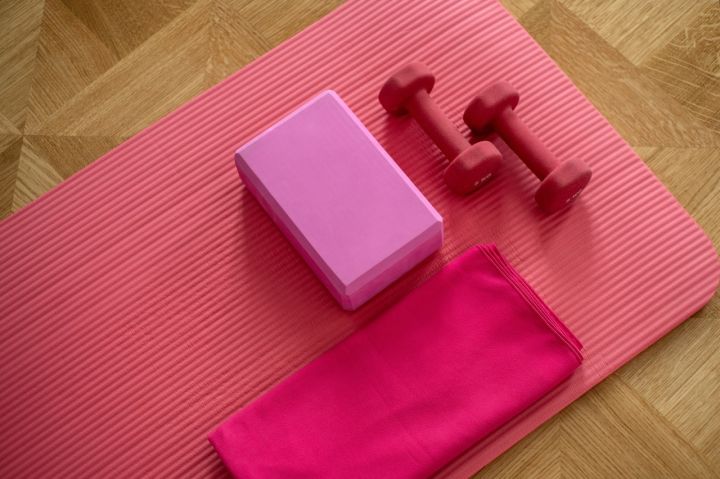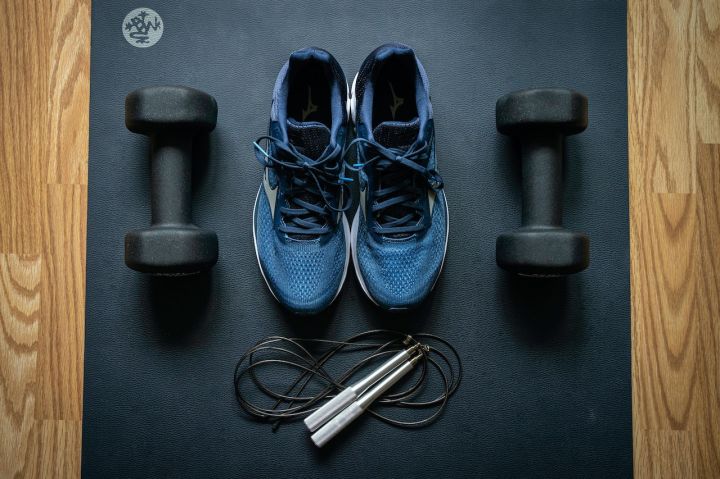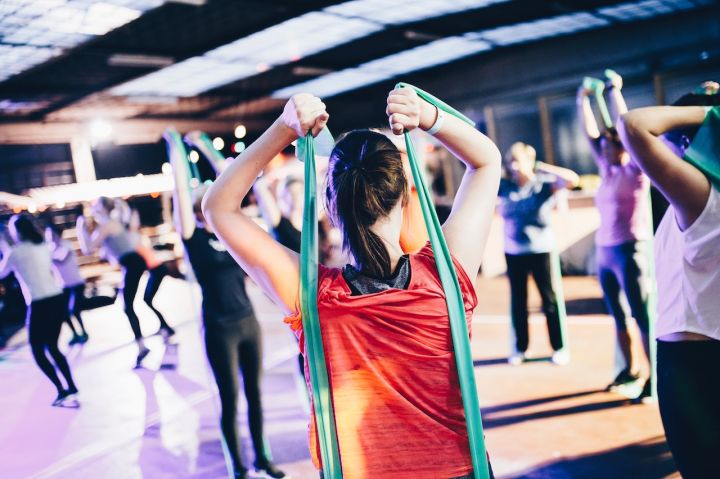The chest is now also an area that many men pay a lot of attention to in their fitness training. Because the chest is at the front of the body, toned pectoral muscles can support a male figure and can also dramatically change a man's temperament.

Probably the most popular exercise for the pectoral muscles is the bench press, which is a clear stimulus for the chest. However, working out is not an easy task and some guys always encounter a lot of problems with the bench press. So, today we are going to explain what can go wrong with chest training and the bench press, and how to solve them.
You will learn the following points by reading the following.
1. The composition of the chest muscles
2. The main points to note in the bench press
3、training movements for the chest muscles
Firstly, the composition of the chest muscles
In order to have a perfect plasticity of the chest muscles, it is absolutely important to have a targeted training of the chest muscles. We all know that the muscles in a certain position in the body are made up of many different types of muscles together. When we study and analyse the chest muscles, we can also divide them into three parts: The upper, middle and lower parts, while at the same time, the two adjacent pectoral muscles near the middle are the middle seam.
The muscle groups above the pectoral muscles have the highest weight in the overall impact on the shape of the chest. The upper pectoral muscles are difficult to train to achieve good results, but the lower pectoral muscles are relatively easy to train. The position of the middle suture of the pectoral muscles can play a role in compensating for the details in the overall shape of the pectoral muscles.

But to have a good mid-seam you also need the pecs to be of a certain size. In the selection of movements, the upward sloping movements are more suitable for the upper pectoral muscles, the downward sloping movements are more suitable for the lower pectoral muscles, and the clenching movements are more suitable for the pectoral muscles mid-seam.
Second: Points to note on the bench press
The bench press is a weighted form of training and it is easy to get injured if you are not careful, so the standardisation of our training movements not only determines the level of training effectiveness, but also our health. For those of you who are new to the bench press, knowing a little about it is a way to protect your health. So here are a few mistakes that are often made in bench press training.

1. Raising the elbow too high during training
Some of you are used to lifting your elbows close to your shoulders during the training process. The immediate effect of this posture is that it tends to cause the pressure point to change and shift to the clavicle. This reduces the effectiveness of the exercise and also leads to excessive stress on the joints, which gradually wears out and causes joint pain. It is generally recommended that the angle between your arms and your body is approximately 45°, which will achieve a better training effect and protect your health.
2. Always lift the barbell with a rebound
Some people like to lift the barbell with the help of a rebound when it reaches the top of its descent. This can significantly reduce the effectiveness of the exercise and reduce the level of muscle engagement. It is also easy to compress the chest cavity if the weight of the barbell is a little too heavy. In this case it is advisable to reduce the weight of the barbell and also to take care to hold it for about 1 to 2 seconds each time it reaches the apex of its descent.

3. Scapulae not positioned correctly
It is particularly important during training that the scapulae are retracted and that the scapulae are attached to the training bench, in this way maximising the involvement of the chest muscles. Many of you do not pay attention to this detail and prefer to lie naturally flat on the bench during training. The consequence of this is that the shoulder joints are subjected to greater stress instead of the pectoral muscles. Firstly, this affects the effectiveness of pectoral training and secondly, it can damage the body joints. If you want to overcome this situation, then we make sure that the shoulder blades are attached to the bench.
4. No partner to help you with the barbell
The main purpose of finding a partner to help us hold the barbell is actually. When we get into a training position and are ready to start training, it is always a good idea to disrupt our training position by holding the barbell. This means that it breaks the position of our scapulae, but when the barbell is in our hands it can be difficult to regain. So getting a partner to help you hold the barbell will not only increase your security and confidence during training, but will also avoid reducing the effectiveness of your training.

5. Ignore the role of the legs
The legs should also be involved in the bench press, with the legs stepping on the ground, prompting the hip muscles as well as the abdominal muscles and even the muscles of the whole body to tense up, so that the strength will be stronger when bench pressing. Some people are used to having their legs slightly off the ground during the exercise, which is something we should avoid. Others want to put their legs on the bench to stimulate their abdominal muscles to build core strength, which is not advisable. Because the bench press is a movement that focuses on improving strength, it is best to choose targeted movements for abdominal exercises.
Third: Training movements for the chest muscles
Training the pectoral muscles using a variety of targeted movements is always good for the development of the pectoral muscles. So, here are a few of the other pectoral training moves that you can choose from, in addition to the bench press.
1、upper incline dumbbell flying bird

First, prepare the bench by adjusting the angle to a cushion of about 45°, with your feet on the ground, arms slightly bent at the sides of your body and spread out, hands grasping the dumbbells and shoulder blades flat against the ground.
Then, with your arms slightly bent, contract your chest muscles so that your arms come together in the middle and move slowly, completing the movement and then slowly returning to the ready position.
Recommendation: 8 to 12 reps per movement, 3 to 5 sets, 3 to 4 times per week.
2. Double bar straight arm extensions

Firstly, hold the bar with both hands and ensure that your arms are slightly bent to support your body in the air, with your upper body straight and leaning forward and your calves crossed and lifted backwards.
Then, keeping the body stable, bend the arms and lower the body to about ninety degrees between the large and small arms, then straighten up and slowly bring the movement back down.
Suggestions: 8 to 12 times for each movement, 3 to 5 sets in total, 3 to 4 times a week.
3. Supine straight arm swing

Start with your feet on the floor, place your shoulders above the bench, contract your shoulder blades against the bench, grab the dumbbells with both hands and extend your arms above your head.
Then, ensuring that your body is stable and does not sway, but also that your arms are always straight, lift the dumbbells to a position where your arms are approximately ninety degrees to the floor and then return.
Recommendation: 8 to 12 reps per movement, 3 to 5 sets in total, 3 to 4 times per week
There are many points to note during the bench press, and the placement of the scapulae is one that deserves serious attention. We hope that when you train, you don't just pay attention to the number of reps you have to do, but also to the state of your muscles during each movement.





